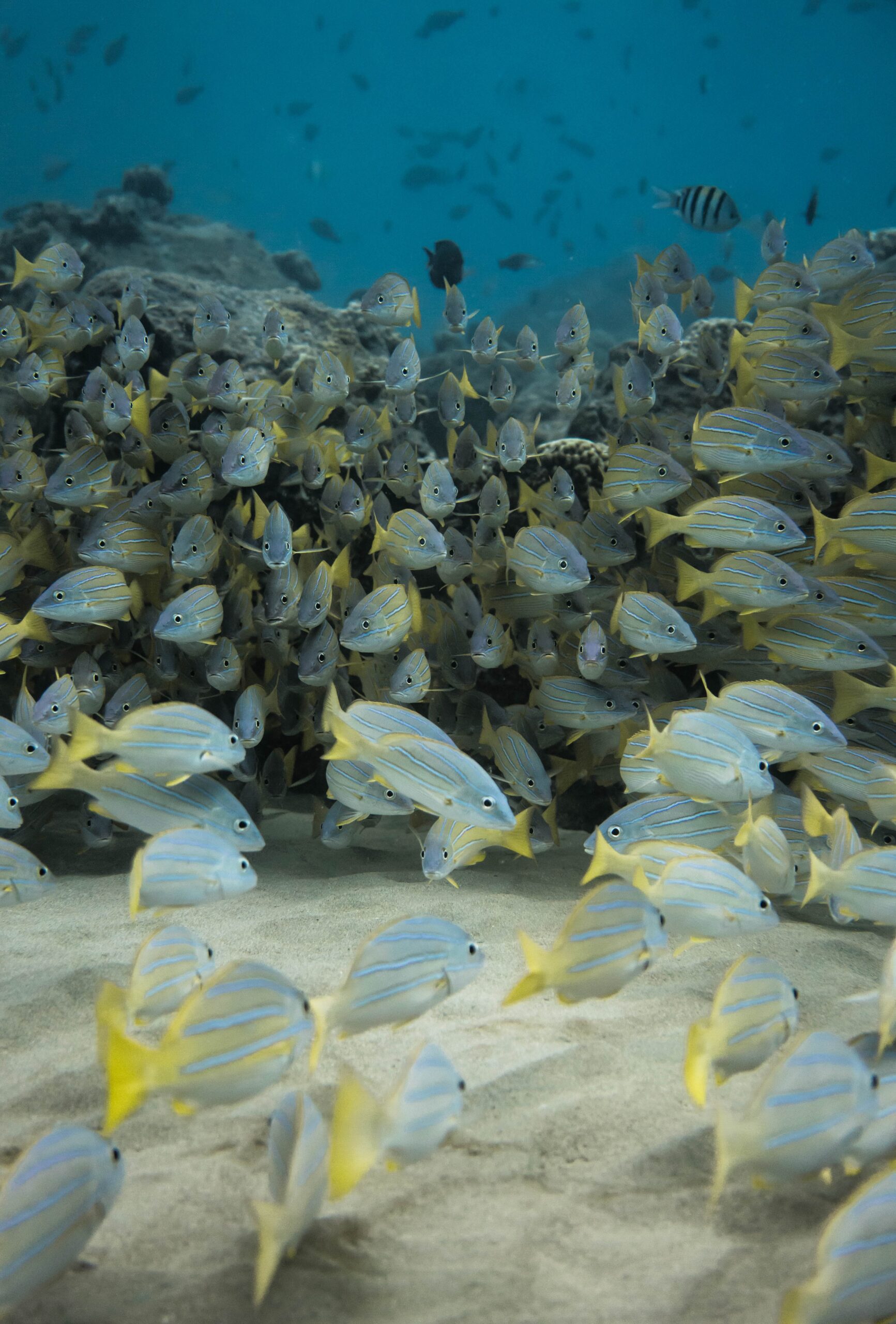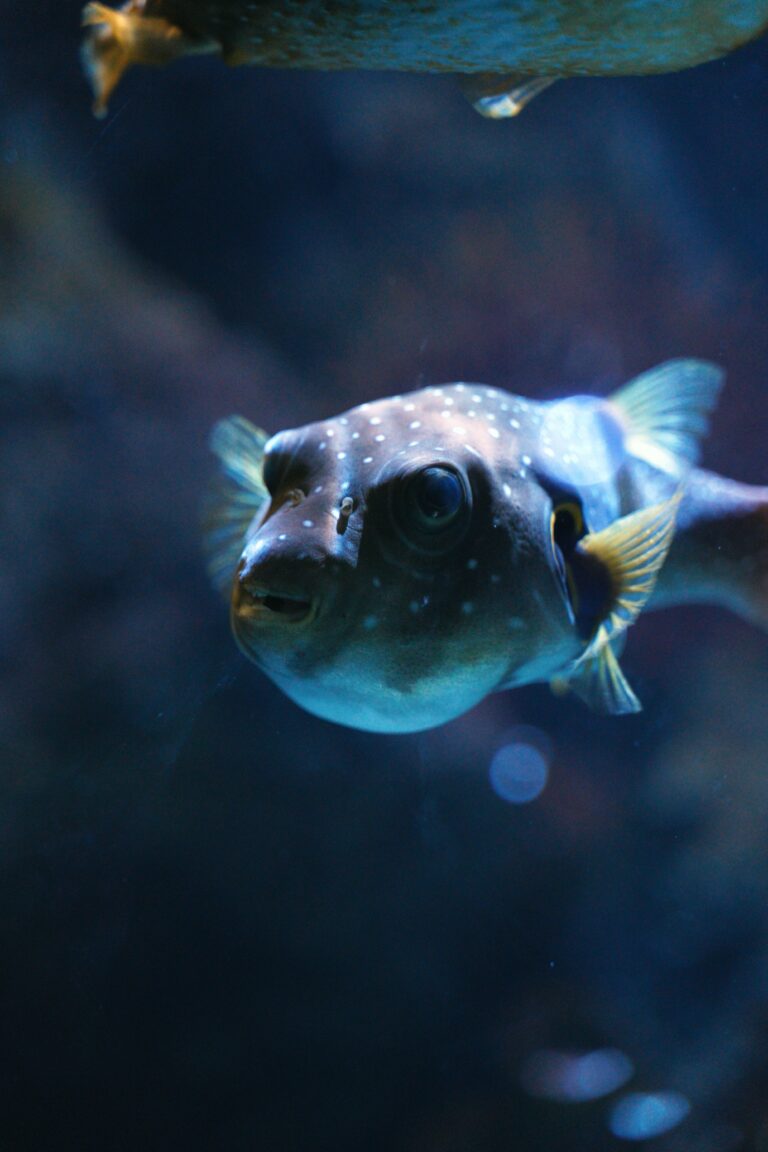Introduction
Beneath the waves lies a realm of staggering beauty and immeasurable importance to life on Earth—the oceans. However, this vast and vital ecosystem is facing unprecedented threats, and as advocates for ocean conservation, we find ourselves navigating the treacherous waters of a new challenge: Ocean Conservation Fatigue. In this article, we delve into the complexities of sustaining advocacy in the face of desensitization and competing priorities. Join us on this exploration of the threat of Ocean Conservation Fatigue and the strategies to keep the momentum for protecting our oceans alive.
Understanding Ocean Conservation Fatigue
Ocean conservation fatigue refers to the diminishing public interest and engagement in marine conservation efforts over time. As environmental issues become more pressing, individuals may experience a sense of overwhelm and disinterest, leading to a decline in active participation in ocean conservation initiatives. This phenomenon is not unique to marine conservation but is applicable across various environmental causes.
Causes of Conservation Fatigue
Conservation fatigue can stem from multiple sources, including the sheer volume of information available. As people are bombarded with alarming statistics, reports, and urgent calls to action, they may begin to feel a sense of helplessness and apathy. Additionally, the slow pace of visible change in environmental conditions can lead to frustration and a perception that individual efforts make little impact.
The constant exposure to distressing images and stories related to ocean degradation can contribute to emotional fatigue. Witnessing the devastating effects of pollution, overfishing, and climate change may create a sense of despair, causing individuals to disengage from the cause to protect their mental well-being.
The Role of Overwhelming Information and Emotional Fatigue
One major contributor to conservation fatigue is the overwhelming amount of information available. While awareness is crucial, an excess of data without clear guidance on effective actions can leave individuals feeling paralyzed and desensitized to the urgency of the issue. This overload of information can lead to a sense of hopelessness, hindering sustained commitment to conservation efforts.
Emotional fatigue, on the other hand, arises from the emotional toll of continuously confronting distressing environmental news. The constant exposure to images of struggling marine life and ecosystems can lead to a sense of powerlessness, making individuals hesitant to invest further emotional energy into the cause.
Examples of Past Successful and Unsuccessful Conservation Campaigns
Examining past conservation campaigns provides insights into strategies that either succeeded or failed in capturing public attention and driving meaningful change. Successful campaigns often incorporate clear messaging, tangible goals, and actionable steps for individuals to take. For instance, campaigns that focused on reducing single-use plastics or promoting sustainable seafood choices resonated with the public, offering tangible steps for participation.
Conversely, unsuccessful campaigns may have lacked a clear call to action, failed to engage a broad audience, or presented information in a way that led to conservation fatigue. Understanding both successful and unsuccessful approaches can guide future efforts to combat ocean conservation fatigue and foster long-term public engagement.

Overcoming Desensitization to Environmental Issues
In the realm of ocean advocacy, one formidable challenge is the pervasive desensitization to environmental concerns. With the constant barrage of information and imagery depicting environmental degradation, individuals can become emotionally numb or indifferent to the pressing issues facing our oceans. To combat this desensitization, advocates must employ innovative and emotionally resonant communication strategies. Utilizing powerful narratives, compelling visuals, and personal stories can help rekindle a sense of urgency and empathy. By humanizing the impact of environmental issues, advocates can break through the desensitization barrier, fostering a renewed commitment to ocean conservation.
Addressing Competing Priorities in Public Attention:
In the digital age, where attention is a precious commodity, ocean advocates face the challenge of competing priorities for public attention. Issues such as global health crises, economic uncertainties, and political events often overshadow environmental concerns. To navigate this landscape, advocates must position ocean conservation within broader narratives, illustrating the interconnectedness of environmental health with societal well-being. Collaborative initiatives that bridge environmental and social issues can capture public interest, ensuring that ocean advocacy remains a focal point amidst competing priorities.
Balancing Urgency with Optimism in Messaging:
Crafting effective messaging in ocean advocacy demands a delicate balance between urgency and optimism. While urgency is essential to convey the severity of the issues at hand, an overly pessimistic tone can lead to feelings of hopelessness, discouraging engagement. Striking the right balance involves presenting challenges realistically while emphasizing actionable solutions and successes in conservation efforts. By instilling a sense of optimism, advocates can inspire collective action, making individuals feel empowered rather than overwhelmed in the face of ocean-related challenges..
Importance of Storytelling in Conveying the Urgency of Ocean Conservation
In the realm of environmental advocacy, storytelling emerges as a powerful tool to convey the urgency of ocean conservation. Narratives have a unique ability to humanize complex issues, making them relatable and emotionally resonant. By weaving together compelling stories, we can connect people on a personal level to the challenges facing our oceans.
Stories engage and inspire, creating a sense of empathy that goes beyond raw data or scientific facts. Sharing tales of individuals directly impacted by environmental changes or showcasing success stories in conservation efforts helps paint a vivid picture of the stakes involved. Whether it’s a local fisherman grappling with depleted fish stocks or a marine biologist working tirelessly to protect endangered species, these narratives bring the urgency of ocean conservation to life.
By incorporating storytelling into our communication strategies, we can foster a deeper understanding of the interconnectedness between human activities and the health of our oceans. It transforms ocean conservation from an abstract concept into a shared responsibility, encouraging collective action to safeguard these vital ecosystems for future generations.
Utilizing Social Media and Technology for Widespread Awareness
In the digital age, harnessing the power of social media and technology is instrumental in creating widespread awareness about ocean conservation. Platforms like Instagram, Twitter, and Facebook offer unparalleled reach, enabling advocates to connect with diverse audiences globally. Engaging content, such as visually striking images, informative infographics, and captivating videos, can rapidly spread awareness and foster a sense of environmental stewardship.
The immediacy of social media allows real-time updates on ocean-related issues, fostering a sense of urgency and encouraging swift action. Campaigns leveraging hashtags can unite like-minded individuals, creating a virtual community committed to the cause. Additionally, interactive tools and apps provide opportunities for people to participate actively in conservation efforts, transforming passive awareness into tangible impact.
Technology not only amplifies the reach of conservation messages but also facilitates education and collaboration. Virtual reality experiences, webinars, and online courses offer immersive ways to educate the public about ocean ecosystems and the threats they face. By leveraging these digital tools, we can build a global movement for ocean conservation, transcending geographical boundaries.
Collaboration and Partnerships to Amplify Advocacy Efforts
Collaboration and partnerships play a pivotal role in amplifying the impact of ocean conservation advocacy. Recognizing the complexity of environmental challenges, forging alliances with diverse stakeholders – including governments, non-profits, businesses, and communities – is essential for a comprehensive and sustainable approach.
Pooling resources and expertise through collaborations enables a more effective response to the multifaceted issues affecting oceans. Joint initiatives can lead to innovative solutions, combining scientific research, policy advocacy, and grassroots efforts. By fostering partnerships, we create a united front that can influence policies, drive sustainable practices, and mobilize resources at a scale that individual efforts may struggle to achieve.
Moreover, collaborations bring together a diverse range of perspectives, enhancing the resilience and adaptability of conservation strategies. Shared goals and collective action create a ripple effect, inspiring others to join the cause. Collaborative efforts not only maximize impact but also foster a sense of global responsibility, reinforcing the notion that the conservation of our oceans is a shared commitment that transcends borders and interests.
Video Credit: TED
FAQs
Q. What causes conservation fatigue among advocates?
A. Conservation fatigue can result from prolonged advocacy efforts, lack of visible progress, and overwhelming challenges, leading advocates to feel burnt out.
Q. Can technology truly make a difference in ocean conservation advocacy?
A. Yes, technology provides a powerful platform to reach a wider audience, share compelling stories, and foster global collaboration for effective ocean conservation advocacy.
Q. How can individuals contribute to ocean conservation without experiencing burnout?
A. Individuals can contribute by supporting reputable organizations, spreading awareness, and practicing sustainable living without feeling overwhelmed.
Q. Are mentorship programs effective in combating conservation fatigue?
A. Mentorship programs are effective as they provide a support system, share experiences, and guide advocates in navigating challenges, fostering resilience.
Q. What role does public engagement play in combating conservation fatigue?
A. Public engagement is crucial as it sustains interest, inspires action, and ensures that the message of ocean conservation remains relevant and impactful.
Q. How can advocates balance passion for ocean conservation with self-care?
A. Advocates can balance passion with self-care by setting boundaries, prioritizing well-being, and recognizing when to take breaks to prevent burnout.
Conclusion
As we steer through the turbulent tides of Ocean Conservation Fatigue, it becomes clear that the battle for our oceans requires not just urgency but also resilience. Overcoming desensitization and competing priorities demands innovative approaches, powerful storytelling, and collaborative efforts. As advocates, we must empower individuals to be catalysts for change, ensuring that the call for ocean conservation remains not just a temporary outcry but a perpetual anthem for the well-being of our planet. Together, let us navigate these challenges and work tirelessly to sustain the blue heartbeat of our Earth. The oceans, with their boundless wonders, deserve nothing less than our unwavering commitment.
UP NEXT
The Threat of Ocean Conservation Greenwashing: Ensuring Authentic Commitment



